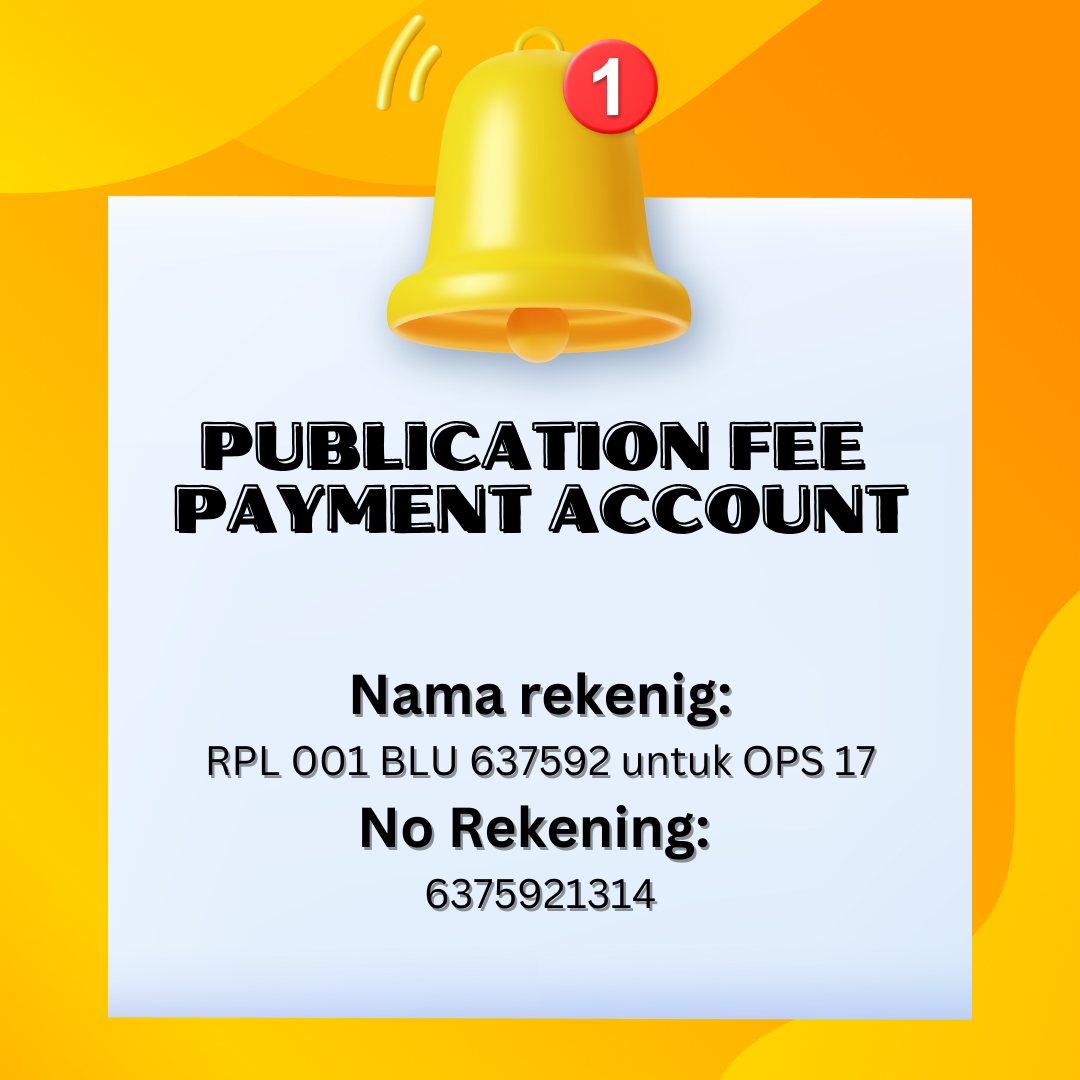Initial Assessment Knowledge Improves Primary Survey Implementation in Nurses in Emergency Rooms
DOI:
https://doi.org/10.58774/jourkep.v3i2.88Keywords:
Initial Assessment, Primary Survey, Emergency Room, Nursing KnowledgeAbstract
Background: Emergency Room (IGD) is an installation room that provides health services in hospitals, especially for emergency patients who must immediately receive fast and appropriate treatment. Emergency nursing services must pay attention to the initial assessment which includes the primary survey and secondary survey. Initial assessment and follow-up are key to saving patient lives.
Purpose: To find out the relationship between initial assessment knowledge and the implementation of a primary survey on nurses at the Emergency Room at PKU Muhammadiyah Gamping Hospital.
Methods: Quantitative research method with correlational research design. The sampling technique used total sampling with a sample size of 29 respondents. The tools used in data collection were questionnaires and observation sheets. Data analysis used the Kendall's Tau statistical test.
Results: Based on the results of the statistical test analysis, the p-value is 0.004 <0.05 with a number so that there is a relationship between the initial assessment and the implementation of the primary survey. The correlation coefficient value is 0.550, which means the relationship between the two variables is strong with a positive correlation number.
Conclusion: There is a relationship between initial assessment and the implementation of primary surveys in nurses. The higher the nursing knowledge about initial assessment, the better the implementation of the primary survey.
Downloads
References
Ariyani, H., & Robby, A. (2023). Keperawatan Gawat Darurat. Tasikmalaya : Edu Publisher.
Aziz Alimul Hidayat. (2014). Pengantar Kebutuhan Dasar Manusia. Jakarta : Salemba Medika.
Conceiçào, J. A. Da. (2017). Perawat Tentang Initial Assesment Dengan Pelaksanaan Primary Survey Di Instalasi Gawat Surabaya [Universitas Katolik Widya Mandala Surabaya]. http://repository.ukwms.ac.id/id/eprint/12837/
Eurazmy. (2018). Angka kematian akibat trauma menduduki peringkat ketiga di Indonesia. Bali : Tribun. https://bali.tribunnews.com/2018/06/06/angka-kematian-akibat-trauma-menduduki-peringkat-ketiga-di-indonesia-ini-penjelasannya
Hasnidar, H., Sukrang, S., & Pilong, P. R. N. (2022). Faktor-faktor yang Berhubungan dengan Ketidakefektifan Peran Perawat dalam Pelaksanaan Primary Survey. Tirtayasa Medical Journal, 1(2), 22. https://doi.org/10.52742/tmj.v1i2.15270
Hidayati, A. N., Alfian, M. I. A. A., & Rosyid, A. N. (2018). Gawat Darurat Medis dan Bedah. Surabaya : Airlangga University Press.
Indriono, A. (2020). Implementasi Standar Sumber Daya Manusia dan Pelayanan Minimal Kesehatan di Kota Pekalongan. Pena Justisia: Media Komunikasi Dan Kajian Hukum, 19(1), 72–81. https://doi.org/10.31941/pj.v19i1.1136
Kaban, K. B., & Rani, K. (2018). Hubungan Pengetahuan Perawat Tentang Basic Lifesupport (Bls) Dengan Perilaku Perawat Dalampelaksanaan Primary Survey Di Ruang IGD Royal Prima Hospital. Jurnal Keperawatan Priority, 41(2), 84–93. http://jurnal.unprimdn.ac.id/index.php/jukep/article/view/44
Khairari, D. N. (2021). The Initial Assessment of Nurse Knowledge to Response Time in Traffic Accident Case. Media Keperawatan Indonesia, 4(2), 127. https://doi.org/10.26714/mki.4.2.2021.127-132
Laoh, J. M., & Rako, K. (2014). Gambaran Pengetahuan Perawat Pelaksana dalam Penanganan Pasien Gawat Darurat di Ruangan IGDM BLU. Prof. Dr. R. D Kandou Manado. Jurnal Ilmiah Perawat Manado, 3(2), 92833.
Musliha. (2014). Keperawatan Gawat Darurat. Yogyakarta: Nuha Medika.
Nusdin. (2020). Keperawatan Gawat Darurat. Surabaya : Jakad Media.
Permenkes. (2017). Nomor 11 Tahun 2017 Tentang Keselamatan Pasien Rumah Sakit. Jakarta Selatan : Kemenkes. https://www.regulasip.id/themes/default/resources/js/pdfjs/web/viewer.html?file=/eBooks/2018/November/5be13a25e320b/Permenkes No.11 Tahun 2017.pdf
Plasay, M., & Wijaya, I. K. (2022). Hubungan Pengetahuan Perawat Dengan Pelaksanaan Primary Survey Di Instalasi Gawat Darurat Rsud Haji Makassar. Jurnal Ilmiah Keperawatan, 10(1), 7–16. https://sinta.kemdikbud.go.id/authors/profile/6072254/?view=googlescholar#!
Ramadhan, M. F., & Wiryansyah, O. A. (2020). Hubungan Tingkat Pengetahuan Perawat Tentang Response Time dalam Menentukan Triase di ruang Igd. Jurnal Kesehatan Dan Pembangunan, 10(19), 56–62. https://doi.org/10.52047/jkp.v10i19.61
Ramanda, F. A., & Waluyo, A. (2014). Gambaran tingkat pengetahuan perawat terhadap hiv. 1–10. https://lib.ui.ac.id/m/detail.jsp?id=20385858&lokasi=lokal
Wardah, Febtrina, R., & Dewi, E. (2017). Pengaruh Pengetahuan Perawat Terhadap Pemenuhan Perawatan Spiritual Pasien di Ruang Intensif. Jurnal Endurance, 2(3), 436. https://doi.org/10.22216/jen.v2i3.2503
WHO. (2022). Invisible numbers: the true extent of noncommunicable diseases and what to do about them. World Health Organization. https://www.who.int/publications-detail-redirect/9789240057661
Downloads
Published
How to Cite
Issue
Section
License
Copyright (c) 2024 Viona Lioren Cirana Viona Lioren Cirana, Muhaji Muhaji, Aisyah Nur Azizah

This work is licensed under a Creative Commons Attribution-ShareAlike 4.0 International License.







